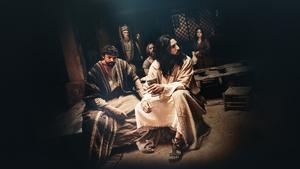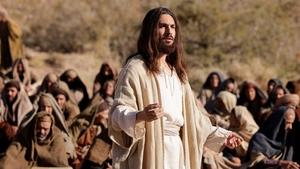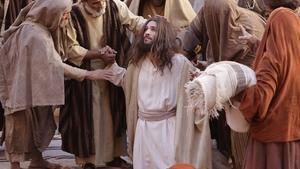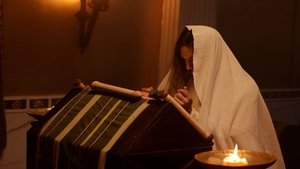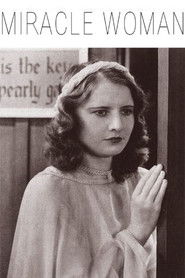
Video Sources 25 Views Report Error
Synopsis
Long before betrayal marked the beginning of the end, the preceding days were filled with silent tensions, evasive glances, and unspoken secrets. In this atmosphere of growing uncertainty, a group of disciples gathers for what will go down in history as the Last Supper—an evening that, beyond its religious symbolism, reveals itself as a stage for restrained emotions and hidden motives.
Far from being a simple farewell meal, the Last Supper becomes a delicate chessboard where every gesture, every word, and every silence holds profound meaning. The relationships among those present are not as pure or as stable as they appear. Trust—the cornerstone of this small group led by Jesus of Nazareth—begins to crack under the weight of suspicion and personal differences.
As the disciples break bread and share wine, an invisible web of tension surrounds them. Not everyone is there with pure intentions; some harbor doubts, others fears, and one, in particular, conceals a decision that will change the course of history. Betrayal does not emerge overnight—it takes root in those moments when loyalty begins to waver, and personal interests rise above devotion.
Every glance exchanged during that supper carries emotional weight. What may seem like a simple gesture could be hiding a sea of inner contradictions. There is an air of farewell, but also of suspicion; an attempt at unity, but also signs of imminent fracture. The Last Supper, then, transcends religion and becomes a deeply human drama—a moment in which the fragility of the human condition collides with the burden of a divine mission.
Original title The Last Supper
IMDb Rating 5 998 votes
TMDb Rating 7.5 21 votes
Director
Director
Cast
Jesus Christ
Mary Magdalene
Caiaphas
Judas
Joseph of Arimathea
Rachel
Sextus
Simon the Zealot


